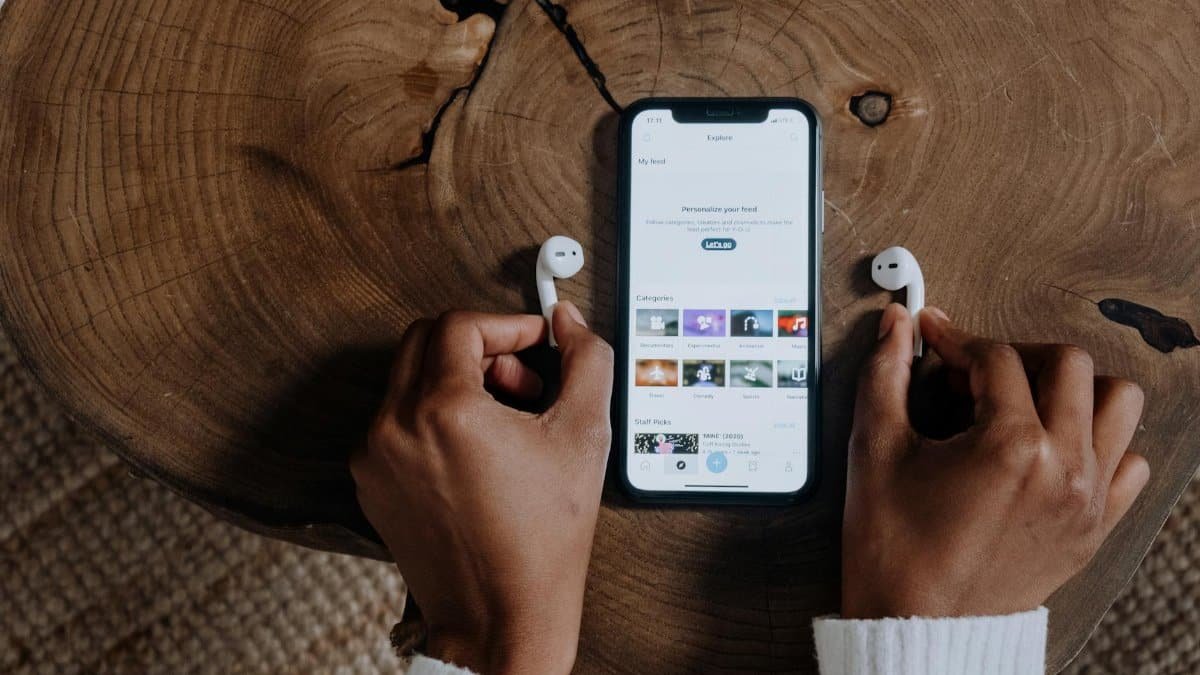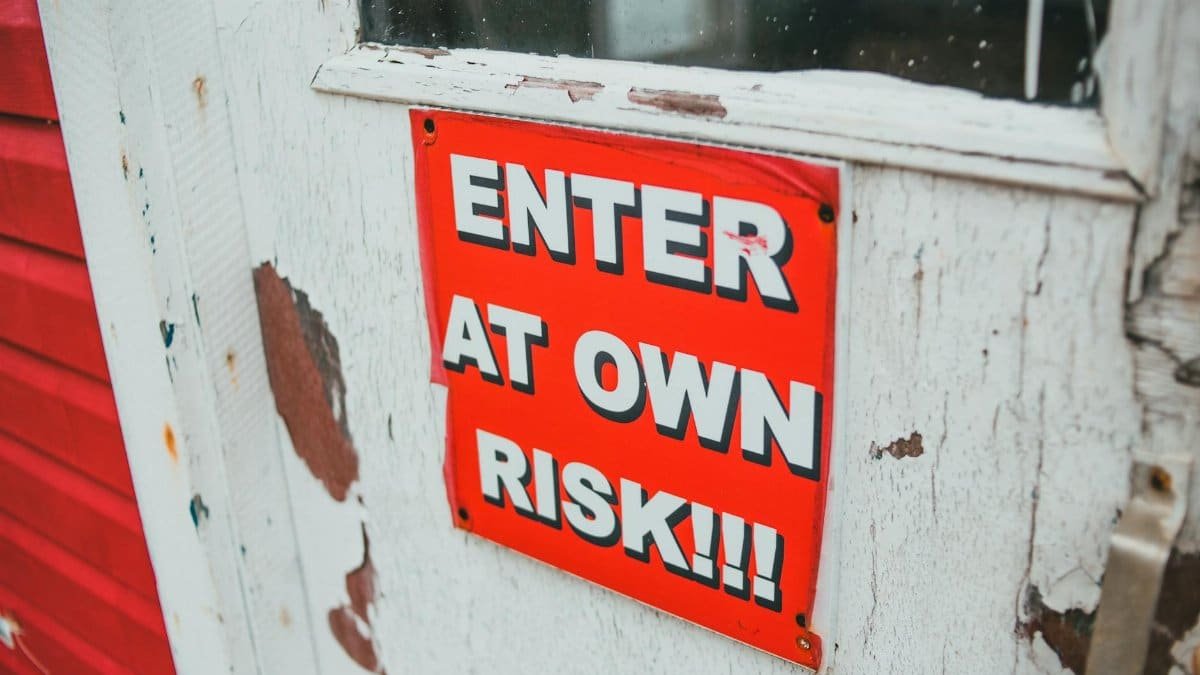In a fast-paced world, could gratitude audio logs be the key to better mental health? Simply put, these are voice recordings where people express what they’re thankful for, and they’re gaining traction in 2025 as a powerful alternative to written journals. Research suggests that speaking gratitude aloud activates more emotional centers in the brain compared to typing or writing, making the practice feel more personal and impactful. As more Americans seek accessible wellness tools, this audio trend is resonating deeply.
What Are Gratitude Audio Logs?

Gratitude audio logs are personal voice recordings where individuals vocalize things they appreciate in their lives. Unlike traditional written journals, these logs capture tone, emotion, and spontaneity, often recorded on smartphones or apps. The practice is rooted in gratitude journaling, a well-studied method for boosting mood, but the auditory element adds a new layer of connection. Many users report feeling a stronger emotional release when hearing their own voice express thanks.
Why Audio Trumps Text

Studies show that speaking engages more brain regions tied to emotion than writing does. According to research from the University of California, Berkeley, verbal expression can enhance emotional processing, amplifying the benefits of gratitude practices ( Greater Good Science Center ). Audio logs let users hear their own sincerity, which can deepen the psychological impact. Typing or writing, while effective, often feels more mechanical and less immediate to many.
The Science of Spoken Gratitude

Neuroscience backs the power of vocalizing emotions. A study published through the National Institutes of Health indicates that auditory self-expression can reduce stress hormones like cortisol more effectively than silent reflection ( NIH Study on Vocal Expression ). When people record gratitude audio logs, they’re not just listing positives—they’re reliving them through tone and inflection, which can reinforce feelings of well-being.
Ease of Use in a Busy World

One reason gratitude audio logs are catching on in 2025 is their convenience. No pen, no paper, no typing—just a quick voice note on a phone. For busy professionals or parents, this low-effort method fits seamlessly into daily routines. Apps like Voice Memos or specialized gratitude platforms make recording and replaying these logs effortless, turning a commute or a coffee break into a mindfulness moment.
Emotional Connection Through Voice

Hearing your own voice express gratitude creates a unique feedback loop. Users often describe it as more authentic than reading back written words. The act of speaking can feel like confiding in a trusted friend, even if it’s just to a device. This personal touch is why many in the wellness community are swapping text logs for audio, seeking deeper emotional resonance.
Who’s Using Audio Logs?

From Gen Z influencers to middle-aged therapists, gratitude audio logs appeal across demographics. Social media platforms like TikTok show young adults sharing snippets of their recordings, while mental health professionals advocate for audio as a therapeutic tool. In the U.S., where stress and anxiety rates remain high, this accessible practice offers a fresh way to prioritize mental health without needing much time or resources.
How to Start Your Own

Getting started with gratitude audio logs is simple. Grab your phone, open a voice recording app, and speak about three things you’re thankful for each day. Keep it short—one to two minutes. Focus on specific moments or people, and don’t overthink it. Replay the recordings weekly to remind yourself of the positives. With consistency, this small habit could shift your mindset significantly.
